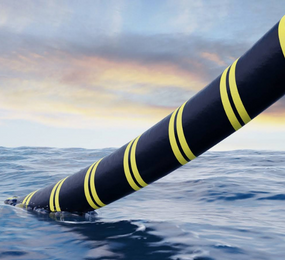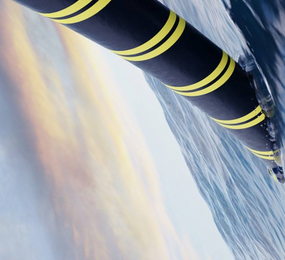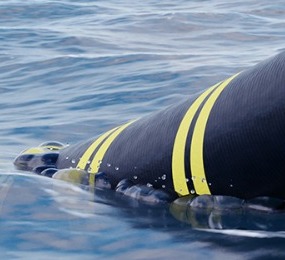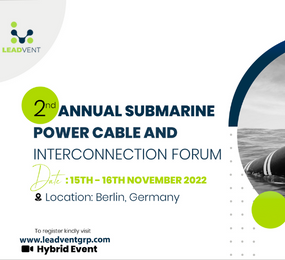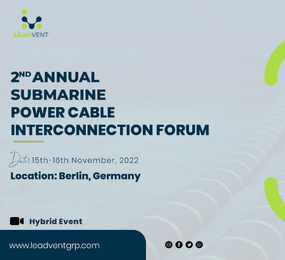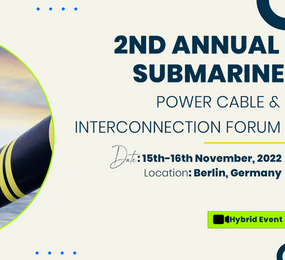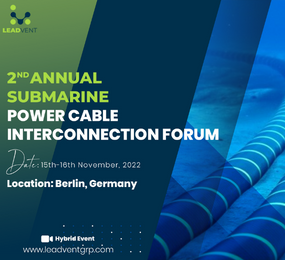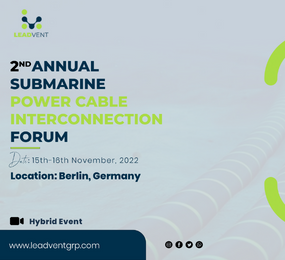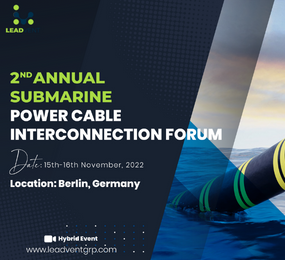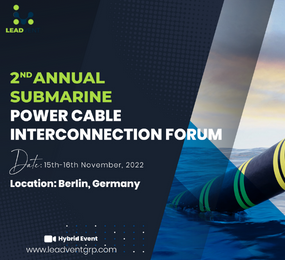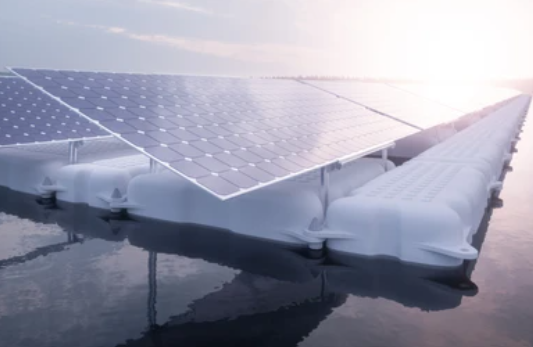Cable Protection System (CPS): Failure risk and pre-emptive mitigation measures
In the offshore cable sector, cable damage and cable repairs are a major subject. Discusses cable damage and how hazards need to be reduced as much as possible, which is undeniably a good thing. However, reading about the failure of Cable Protection Systems is uncommon (CPS). Unfortunately, CPS harm is not commonplace, and it occurs more frequently than most people realize. There are several causes of CPS damage, and there are measures to limit the likelihood of this occurring.
In general, Cable Protection Systems are intended to endure the whole life of the windfarm (usually between 25-30 years). This would imply that the wire has been shielded all along. Unfortunately, now that some windfarms have been in operation for several years, it has been discovered that many Cable Protection Systems are damaged and do not meet the standards that would be expected from the real CPS design after 6-8 years of operation.
The section of cable and CPS that is hung between the J-Tube Bellmouth/Monopile Entry Hole and the seabed/scour protection is the most vulnerable. It is precisely this section of the wire that requires CPS protection throughout its life. Because it is also the most sensitive portion of the CPS, it is also the most damaged, which means that the most delicate part of the cable is no longer protected.
The most of the damages I've seen in the wind sector over the years have been caused by PU Bend Restrictors/Dynamic Restrictors breaking off at the suspended area of the cable. A scenario in which the PU bend restrictors have fallen loose from the CPS, exposing the submarine cable. This CPS was placed around 8 years ago.
The predicted scour is only evaluated to the as-installed CPS during this design phase, rather than a CPS being placed and buried. The scour that occurs after the CPS is buried causes extra stresses in the CPS and is not considered when doing a design load case with the CPS installed on an already scoured seabed. These pressures may also cause CPS damage; hence it is advised to execute not just the as installed load case on a scoured seabed, but also to have the installed and buried CPS integrity evaluated during the scour process while the CPS is installed.
Visit our website to know more: https://www.leadventgrp.com/events/3rd-annual-subsea-cable-installation-asset-management-reliability-forum/details
For more information and group participation, contact us: [email protected]
Leadvent Group - Industry Leading Events for Business Leaders!


